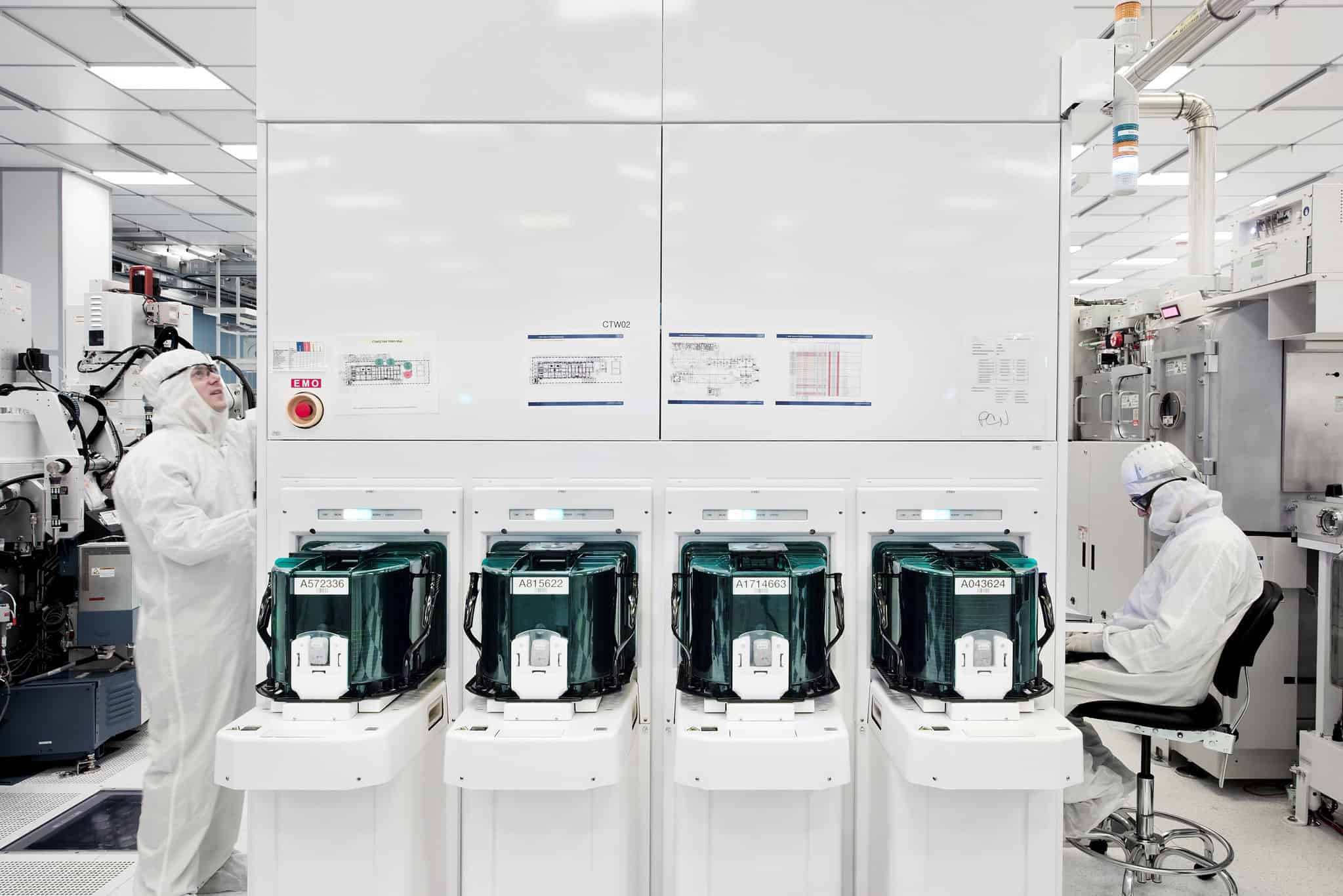$1.4 trillion dollars. That’s the investment price tag the Chinese government has committed to paying to develop its domestic semiconductor industry in the next five years. This attempt to achieve self-reliance in semiconductors, which power much of the global economy, is not just a strategic objective but an existential imperative. Multiple rounds of U.S. sanctions are threatening to crippled China’s tech sector, forcing national champions like Huawei to charter planes to bring back as many
Subscribe or login to read the rest.
Subscribers get full access to:
- Exclusive longform investigative journalism, Q&As, news and analysis, and data on Chinese business elites and corporations. We publish China scoops you won't find anywhere else.
- A weekly curated reading list on China from Andrew Peaple.
- A daily roundup of China finance, business and economics headlines.
We offer discounts for groups, institutions and students. Go to our
Subscriptions page for details.
Includes images from Depositphotos.com

